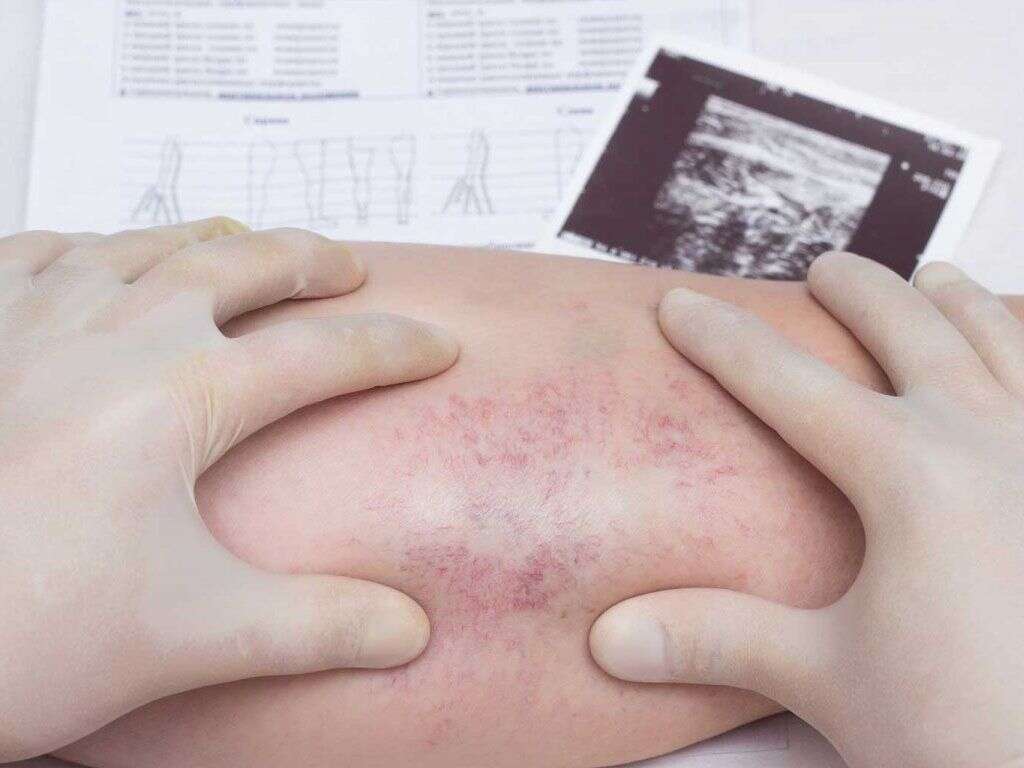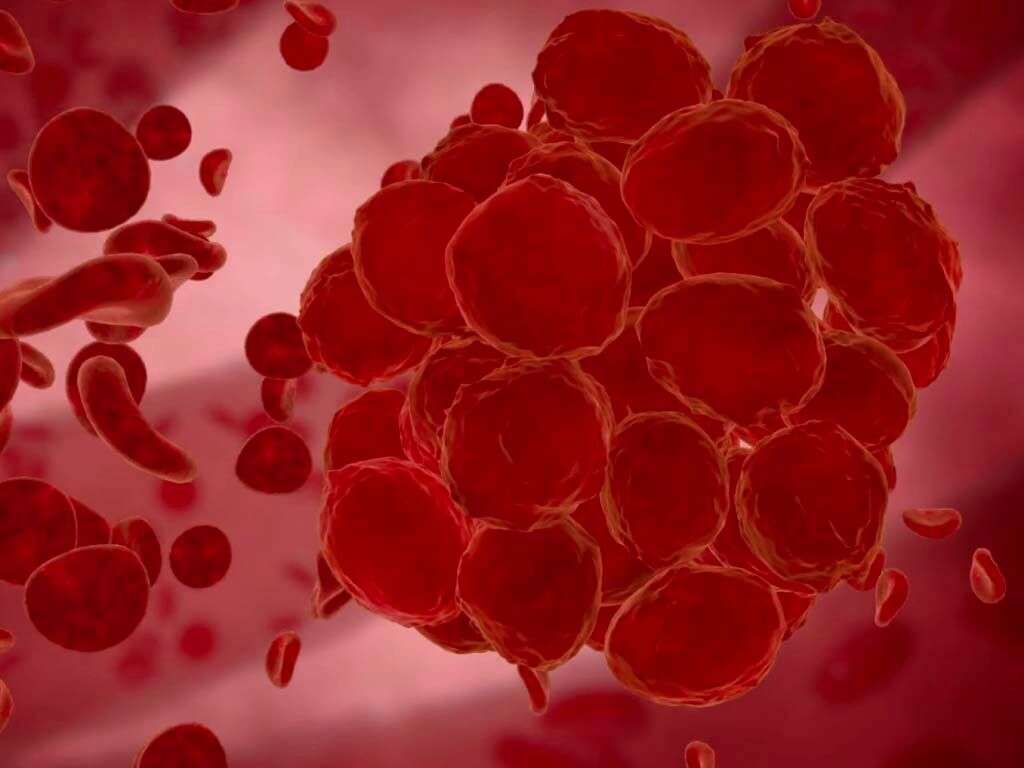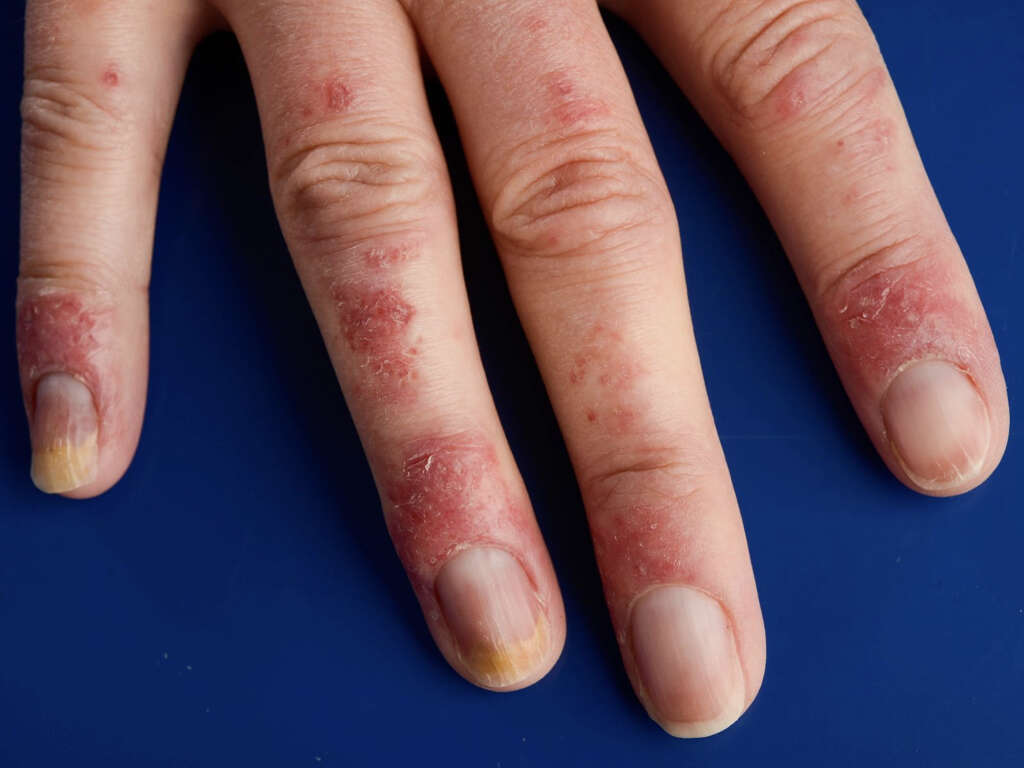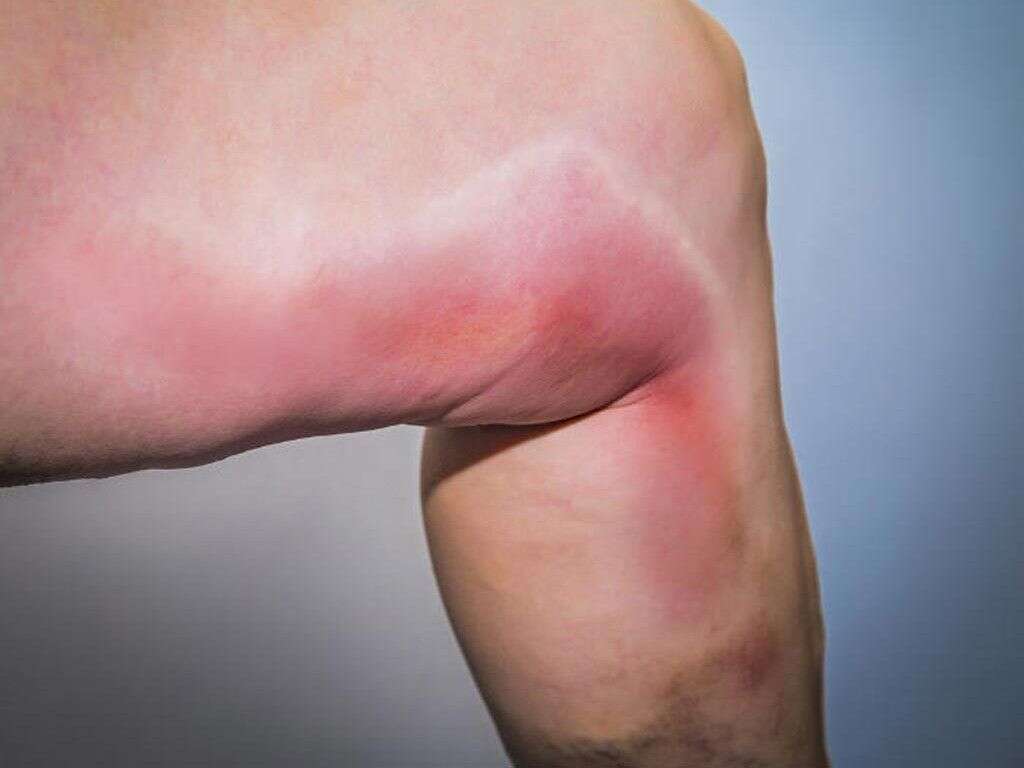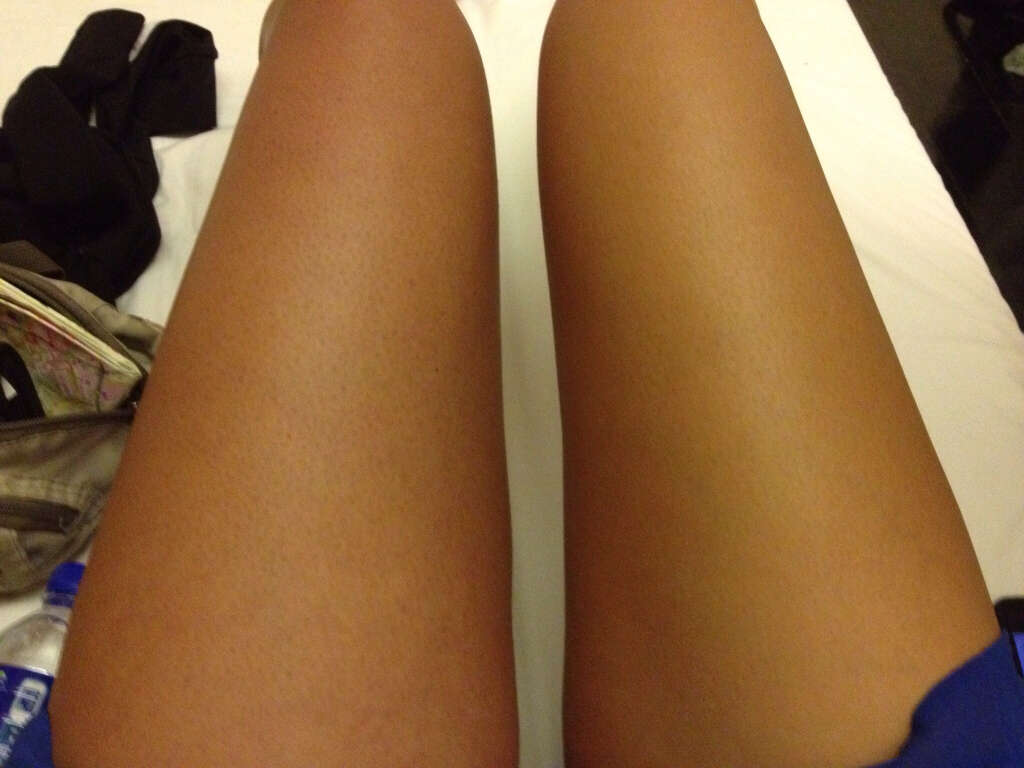10 Symptoms Of Thrombophlebitis
It is important that all of our blood vessels are kept clear of obstructions in order for the blood to be able to flow freely through them. Sometimes, however, blood clots can form in the veins, thus slowing down the flow of blood. This can, in turn, cause an inflammation of the blood vessels in the area in a condition known as thrombophlebitis.
Thrombophlebitis will usually happen in the legs but it can sometimes happen in the arms. It can occur deep below the skin, which is known as deep vein thrombosis, or closer to the surface, which is known as superficial thrombophlebitis.
Here’s a look at some of the most common symptoms.
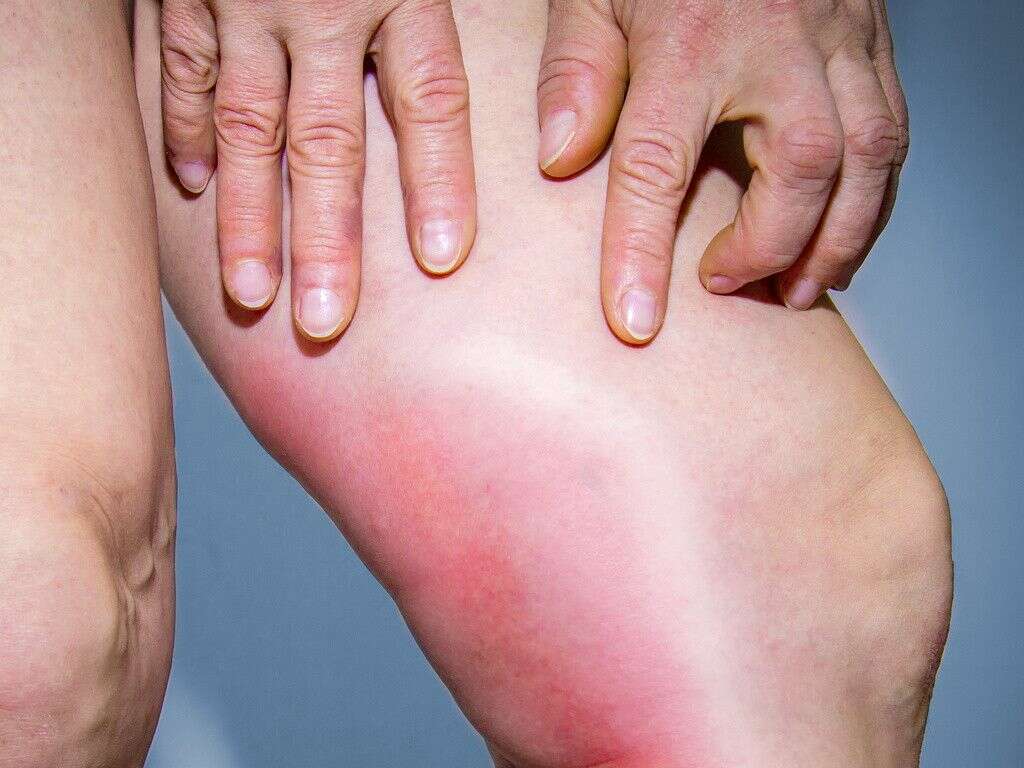
Symptom #1: Swelling
It is not uncommon for parts of our bodies to become swollen. It is often part of the healing process, but can also sometimes be down to inflammation of certain body parts. The latter is the case in thrombophlebitis, and the swelling can be very noticeable indeed.
The swelling is most likely to be noticeable in superficial thrombophlebitis, which is when the affected vein is just beneath the surface of the skin. In addition to the swelling, the area is also like to be visibly red. If you are experiencing these symptoms, then you should arrange to get it checked out if you have not done so already.

Symptom #2: Onset
We can fall ill at any time as even the healthiest of us are not immune to disease. Some diseases can come on quite suddenly, with us feeling the full symptoms within 24 hours. Other conditions, however, can take longer before we show any signs of being ill.
Patients with thrombophlebitis tend to fall into the latter category. The symptoms will be barely noticeable at first, if at all, and will gradually worsen as time goes by. The symptoms progress to be quite debilitating, so it is a good idea to try and get the condition treated as soon as you know something is wrong. Patients with superficial thrombophlebitis tend to have an acute-onset.
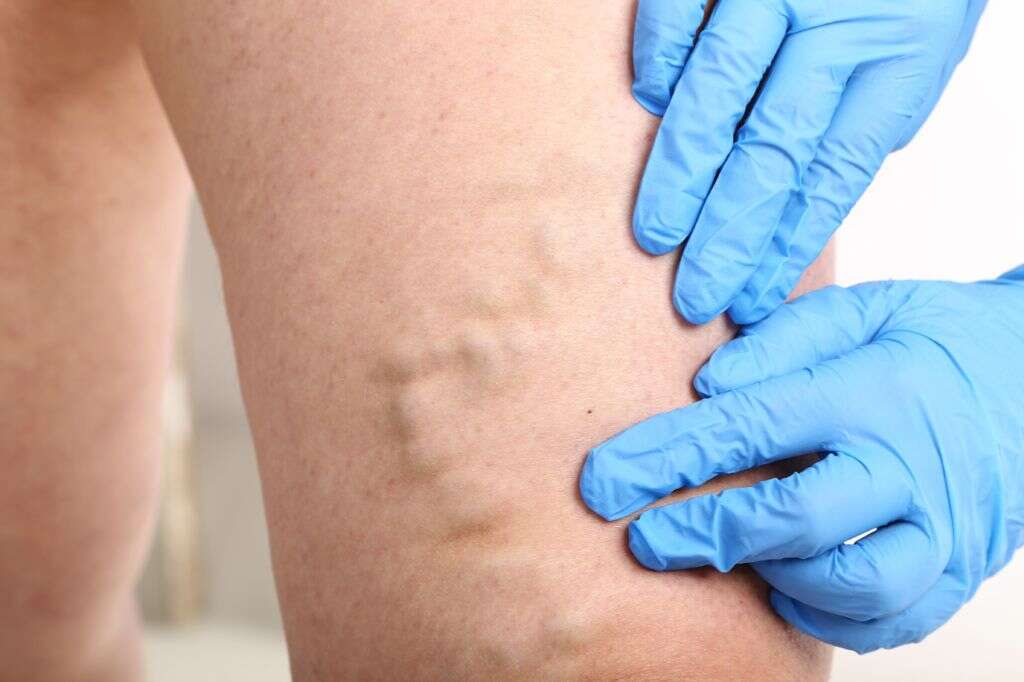
Symptom #3: Itchiness
We are not usually supposed to scratch an itch. Scratching is sometimes beneficial as it can remove an irritant, but much of the time, all you are doing is scraping your skin with your nails and this can cause the skin to tear. Itchiness can be the result of a wide range of causes, and thrombophlebitis is one of them.
Itchiness is not a very specific symptom related to this condition but it can appear as a result of the underlying inflammatory condition. You should avoid the urge to scratch, to prevent the damaging of the skin that could end-up with the appearance of a skin infection.

Symptom #4: Tenderness
Our nerve endings are very good at passing on messages to the brain to allow us to feel sensations. This is very important because it tells us to react when we might be in danger. The same system can also cause some considerable discomfort when we have certain medical ailments.
In cases of thrombophlebitis, patients will often complain that the affected area is tender to the touch. This can make day-to-day life harder for them and it might also affect their ability to sleep. Speak with your doctor and they may be able to prescribe something that will help to at least take the edge off the symptom.

Symptom #5: Warmth
We are warm-blooded animals, which means that we are able to generate our own body heat. We achieve this by generating energy from our food, and this helps to heat the rest of the body, partly with help from our warm blood as it radiates throughout our body.
If any part, or all, of our body is warmer than usual, however, then it is an indicator that something might be wrong. In cases of thrombophlebitis, the patient is likely to find that the affected area is going to be quite warm to the touch. This symptom should not be a problem in itself but is a sign of an underlying problem that should be seen to.

Symptom #6: Red Lines
Thrombophlebitis will cause our veins and the surrounding area to become red and inflamed. In cases of deep vein thrombosis, we will not usually notice the redness because it will be deep beneath the surface. Superficial thrombophlebitis is when the affected veins are closer to the surface, and these are likely to be visible.
Patients with superficial thrombophlebitis can find that red lines will appear on the skin, and these lines will follow the path of the affected vein. The lines are not necessarily a problem in themselves, but they are still something you should arrange to get checked out regardless of the suspected cause.
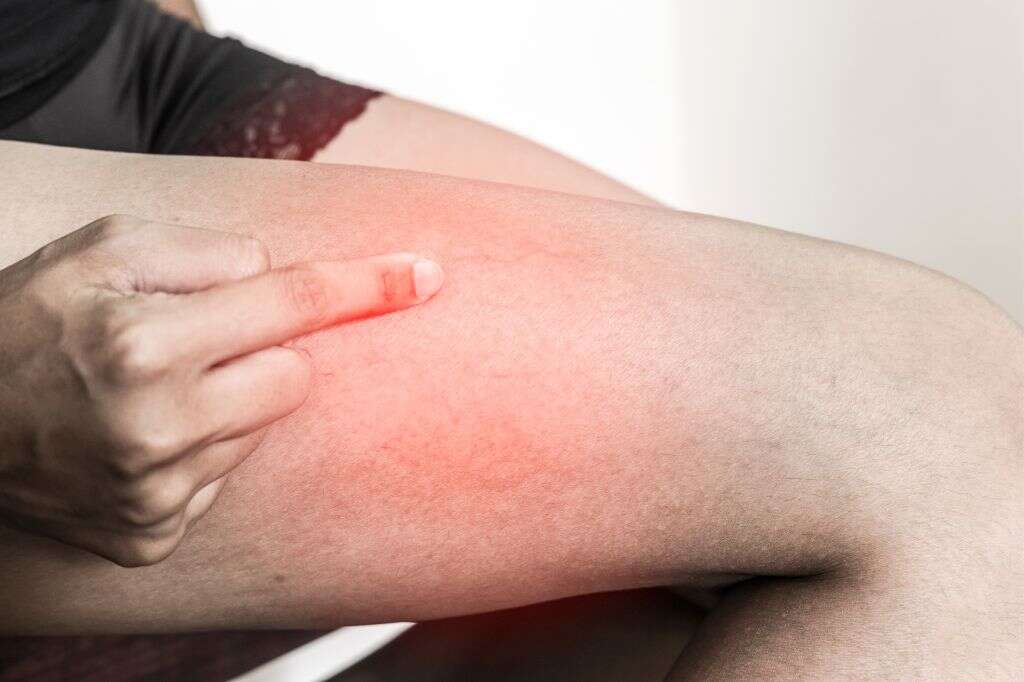
Symptom #7: Spider-Like Patterns on Skin
If you were to see a map of the cardiovascular system, you would likely notice that it resembles a tree in the way that larger veins branch out into smaller veins. This is not usually apparent from the surface, but it can be very noticeable in patients that have thrombophlebitis.
The condition can spread to smaller veins that are branching off from the larger veins. In superficial thrombophlebitis, this will mean that spider-like patterns will be clearly visible on the skin. As before, this is not necessarily dangerous but it does indicate an underlying problem that needs to be treated.

Symptom #8: Throbbing
There are different kinds of pain to experience. Sometimes, we will experience a sharp, stabbing pain that is generally recognized as the most unbearable kind. We can also experience dull aches which, although uncomfortable, are not usually quite as unbearable as the stabbing type.
There is also another type: throbbing. It used to be widely thought that the throbbing sensation was caused by our pulse, which would make sense, but it turns out not to be the case. Instead, it turns out that the throbbing sensation is likely all in our mind, but that does not make it any less unpleasant.
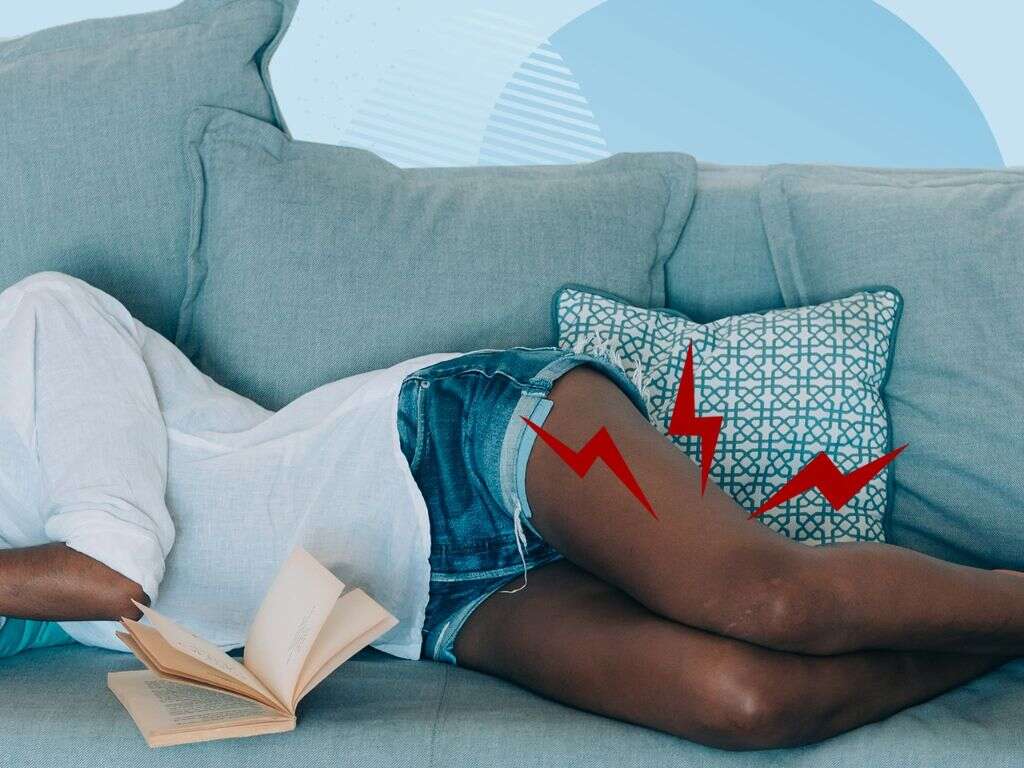
Symptom #9: Hard Cords
Our blood vessels are made from pretty strong stuff, but they still need to be flexible. As such, you can easily press down on your blood vessels that are near the surface and they will give way with ease. This is not always going to be the case in patients that are suffering from thrombophlebitis, however.
The inflammation caused by the condition can cause the veins to become harder than usual. This results in cord-like structures beneath the skin that are harder to the touch than healthy veins are. If you do notice anything wrong with your veins that doesn’t seem right, make sure to speak to a doctor.
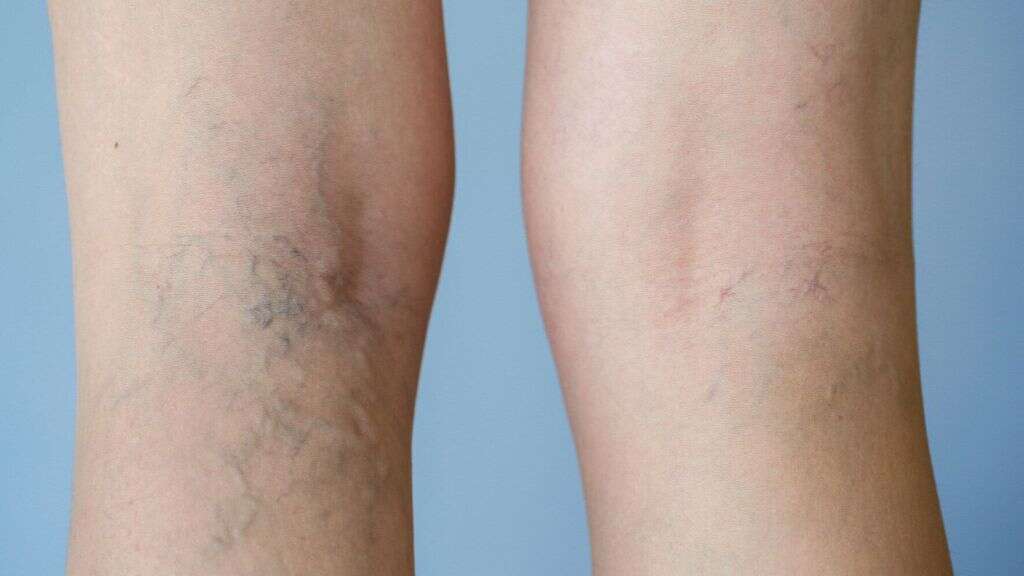
Symptom #10: Worsens When the Leg Is Lowered
When we have certain injuries or other medical conditions, we will sometimes try and stay as still as we can. This is because contact with the injury, or being sat in certain positions, can make the symptoms worse. Many patients with thrombophlebitis will know this well because their symptoms can get worse when sat in certain positions.
The symptoms of the condition will get worse when the patient puts their leg in a lower position. This is likely to be felt even more when the patient has just woken in the mornings. It can become quite debilitating for some patients as moving around can become very uncomfortable for them.




